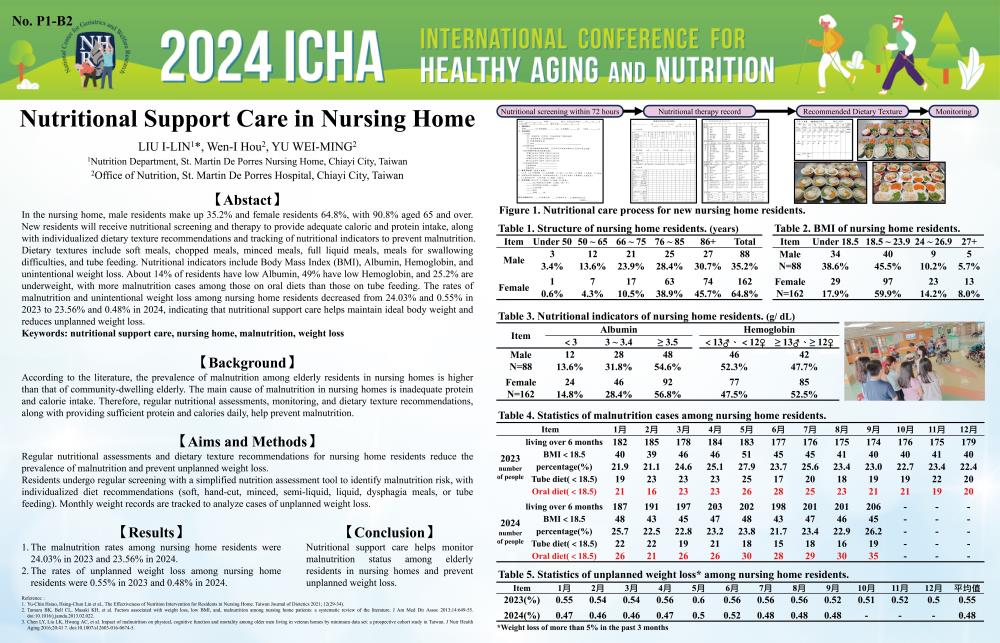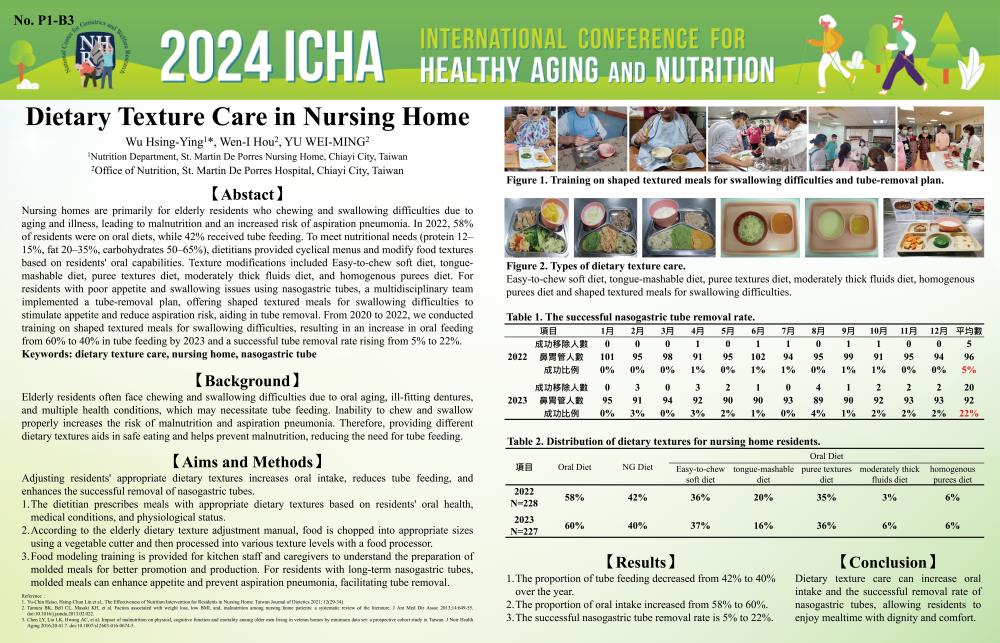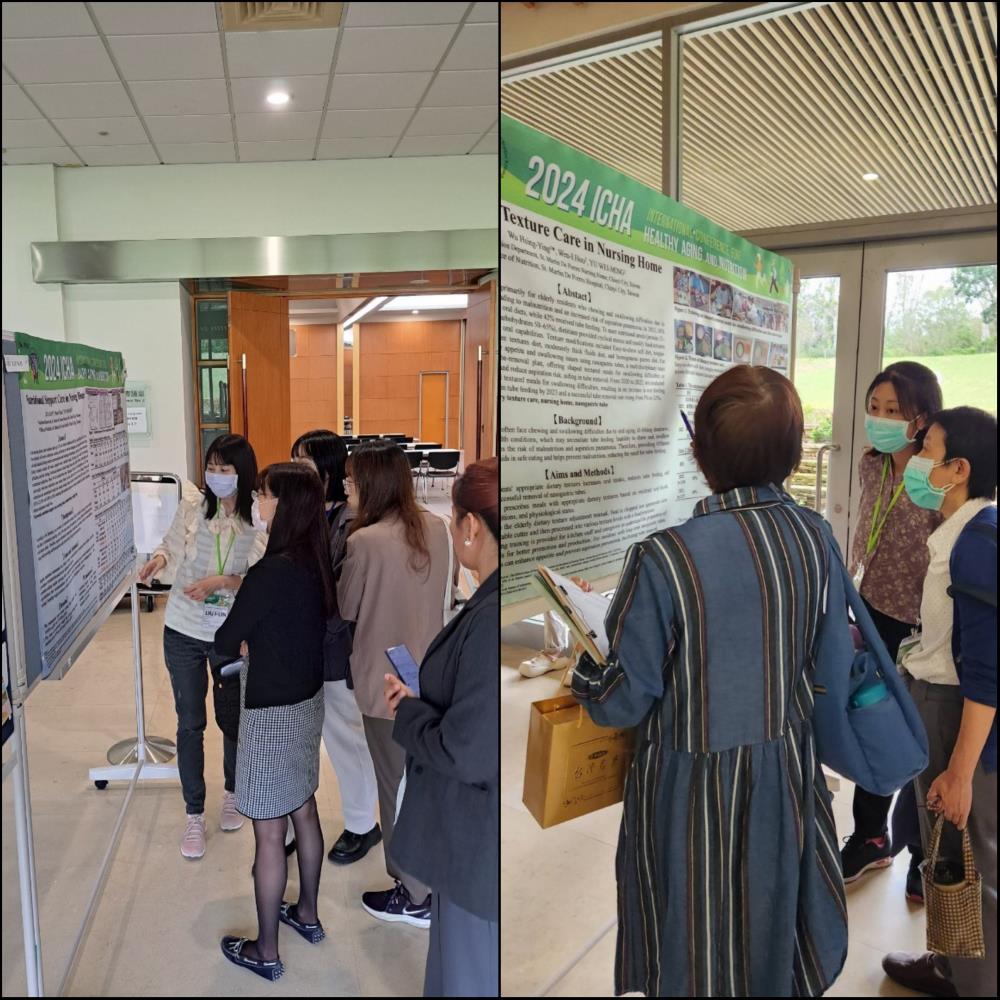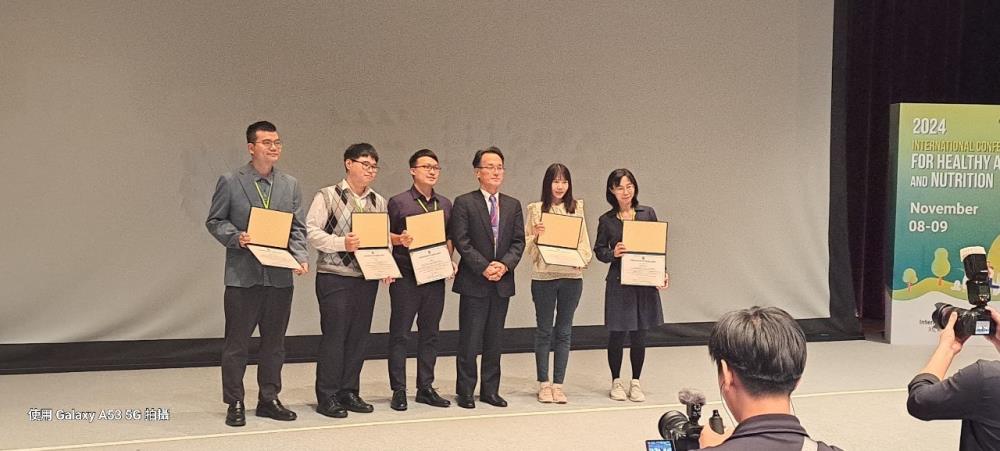✨恭賀聖馬營養室💕榮獲2024_ICHA佳作獎
2024/10/21
✨護理之家的營養支持照護
✅Nutritional Support Care in Nursing Home

In the nursing home, male residents make up 35.2% and female residents 64.8%, with 90.8% aged 65 and over. New residents will receive nutritional screening and therapy to provide adequate caloric and protein intake, along with individualized dietary texture recommendations and tracking of nutritional indicators to prevent malnutrition. Dietary textures include soft meals, chopped meals, minced meals, full liquid meals, meals for swallowing difficulties, and tube feeding. Nutritional indicators include Body Mass Index (BMI), Albumin, Hemoglobin, and unintentional weight loss. About 14% of residents have low Albumin, 49% have low Hemoglobin, and 25.2% are underweight, with more malnutrition cases among those on oral diets than those on tube feeding. The rates of malnutrition and unintentional weight loss among nursing home residents decreased from 24.03% and 0.55% in 2023 to 23.56% and 0.48% in 2024, indicating that nutritional support care helps maintain ideal body weight and reduces unplanned weight loss.
Keywords: nutritional support care, nursing home, malnutrition, weight loss
✨護理之家的飲食質地照護
✅Dietary Texture Care in Nursing Home

Nursing homes are primarily for elderly residents who chewing and swallowing difficulties due to aging and illness, leading to malnutrition and an increased risk of aspiration pneumonia. In 2022, 58% of residents were on oral diets, while 42% received tube feeding. To meet nutritional needs (protein 12–15%, fat 20–35%, carbohydrates 50–65%), dietitians provided cyclical menus and modify food textures based on residents' oral capabilities. Texture modifications included Easy-to-chew soft diet, tongue-mashable diet, puree textures diet, moderately thick fluids diet, and homogenous purees diet. For residents with poor appetite and swallowing issues using nasogastric tubes, a multidisciplinary team implemented a tube-removal plan, offering shaped textured meals for swallowing difficulties to stimulate appetite and reduce aspiration risk, aiding in tube removal. From 2020 to 2022, we conducted training on shaped textured meals for swallowing difficulties, resulting in an increase in oral feeding from 60% to 40% in tube feeding by 2023 and a successful tube removal rate rising from 5% to 22%.
Keywords: dietary texture care, nursing home, nasogastric tube




